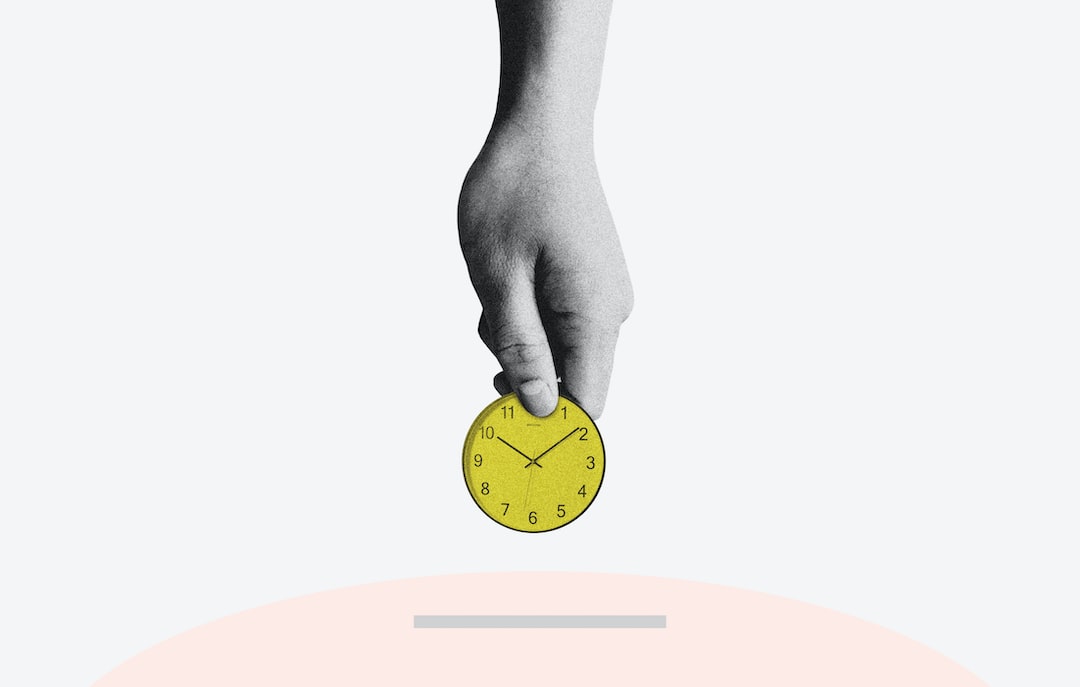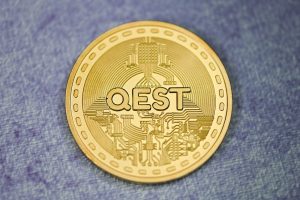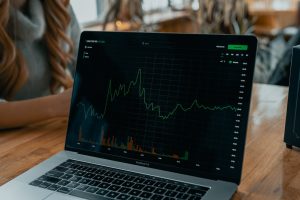The forex market or foreign exchange market is the largest and most liquid financial market in the world, with a daily trading volume of over $5 trillion dollars. It is a decentralized market where currencies are traded globally, 24 hours a day, five days a week. The forex market has a long and storied history, dating back to ancient times. In this article, we will explore the origins and evolution of the forex market, and how it has become the global phenomenon it is today.
The origins of the forex market can be traced back to ancient times, when merchants would exchange goods and services across borders. In order to facilitate these transactions, they would need to exchange their local currency for the currency of the country they were doing business with. This led to the development of the first currency exchange markets, which were located in major trading centers such as Rome, Constantinople, and Alexandria.
As trade and commerce expanded, so did the need for a more formalized system of currency exchange. In the Middle Ages, gold coins were the preferred currency for trade, and major trading centers such as Venice and Florence developed sophisticated banking systems to facilitate currency transactions. These early banking systems were the precursors to modern-day forex markets, and they enabled merchants to exchange currencies and conduct business across borders.
The modern forex market as we know it today began to take shape in the 19th century, as advances in communication and transportation made it easier for banks and businesses to conduct international trade. The first forex market was established in 1875, when the gold standard was introduced in Britain. This system pegged the value of the British pound to a fixed amount of gold, and other countries soon followed suit, creating a global gold standard.
The gold standard created a stable and predictable currency system, which facilitated international trade and investment. However, it also created limitations, as countries were unable to adjust their currencies in response to economic changes. This led to the collapse of the gold standard in the 1930s, as countries abandoned the system in favor of more flexible exchange rates.
The modern forex market really took off in the 1970s, when the Bretton Woods system was dismantled and currencies were allowed to float freely against each other. This created a more dynamic and volatile market, which attracted traders and investors looking to profit from fluctuations in exchange rates. Advances in technology, such as computerized trading systems and the internet, have further accelerated the growth of the forex market, making it accessible to anyone with an internet connection.
Today, the forex market is a global phenomenon, with traders and investors from all over the world participating in the market. It is the largest financial market in the world, with a daily trading volume of over $5 trillion dollars. The forex market is also highly liquid, meaning that traders can buy and sell currencies at any time, making it an attractive market for short-term traders and speculators.
In conclusion, the forex market has a long and storied history, dating back to ancient times. It has evolved from the early currency exchange markets of the Middle Ages to the modern, decentralized market we know today. The forex market has played a crucial role in facilitating international trade and investment, and it continues to be a vital part of the global financial system. With advances in technology and the growth of global trade, the forex market is likely to remain a dynamic and exciting market for years to come.





